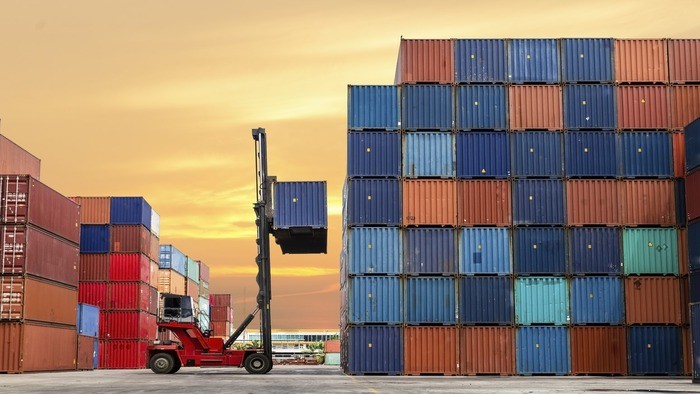Understanding De Minimis
What It Means for Retailers and Consumers
- By [ Blake Harden ]
- 06/10/2025
The de minimis threshold is a key concept in U.S. customs law that allows low-value shipments to enter the country duty-free. Currently set at $800, this threshold means that commercial shipments valued below this amount can bypass tariffs and formal customs procedures. This rule has significant implications for both retailers and consumers, particularly with the growth of e-commerce.
The de minimis threshold creates a complex playing field for retailers. Domestic businesses importing goods in bulk must pay duties and comply with extensive U.S. laws and regulations, while some foreign sellers can ship directly to U.S. customers without the same obligations.
By executive order earlier this year, President Trump moved to eliminate the de minimis threshold for all imports from China – a restriction that took effect on May 2nd. In August 2025, the president ended the de minimis exemption for all imports. Effective August 29, goods not sent through the international postal network valued at or under $800 will no longer qualify for duty free treatment.

Critics of the provision, on the other hand, contend that the de minimis threshold is a loophole that allows some sellers to avoid tariffs and undercut U.S. retailers. They argue that this can lead to unfair competition and negatively impact domestic businesses. Furthermore, critics believe that the provision may incentivize the importation of low-quality or counterfeit goods, posing risks to consumers.
Understanding the de minimis threshold is essential for anyone interested in trade policy and its impact on the retail market. As policymakers consider changes to the threshold or enforcement mechanisms, retailers and consumers alike have a stake in the outcome.
Tags
-
Public Policy
-
International Trade
-
Supporting Free Markets and Fostering Innovation


